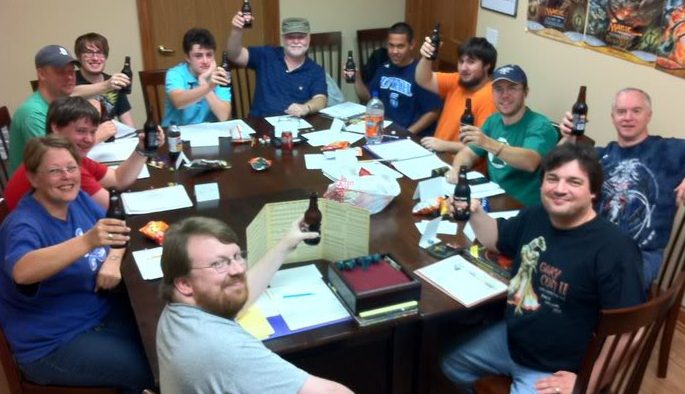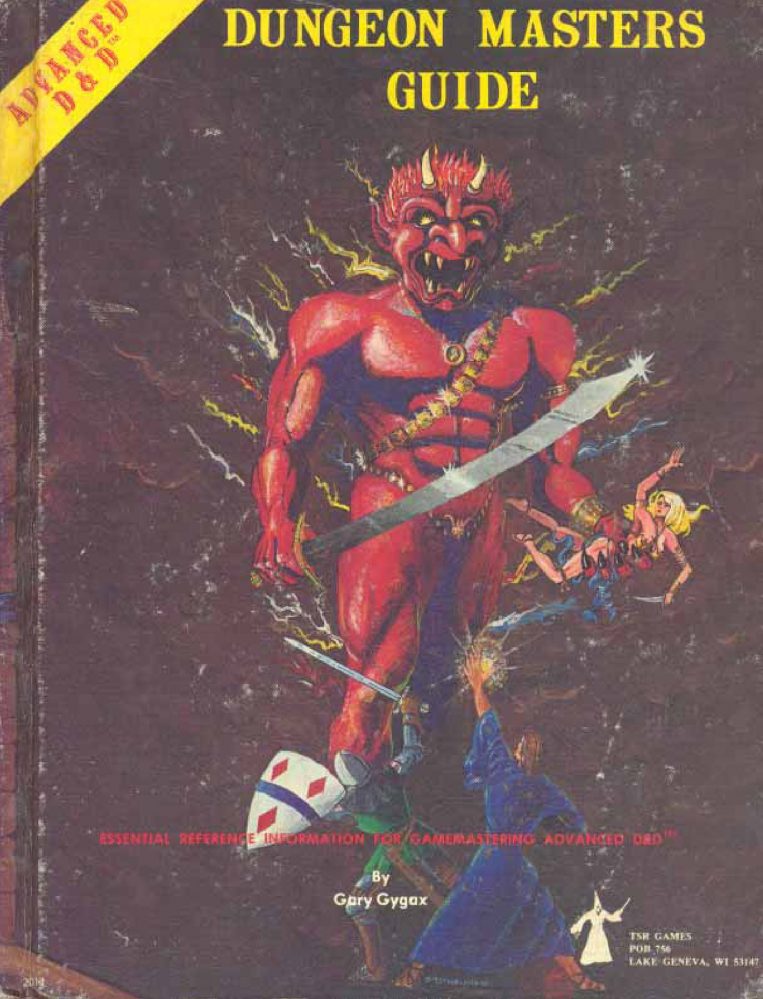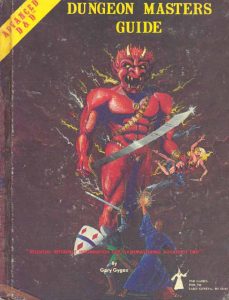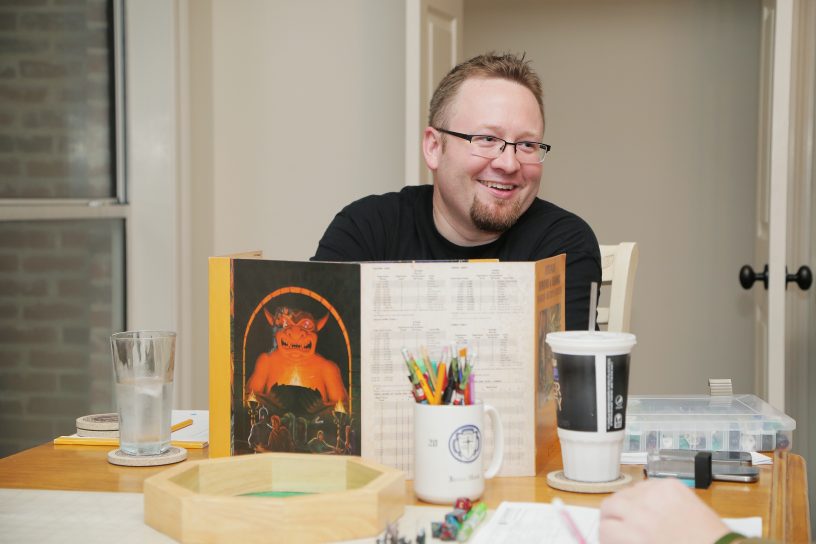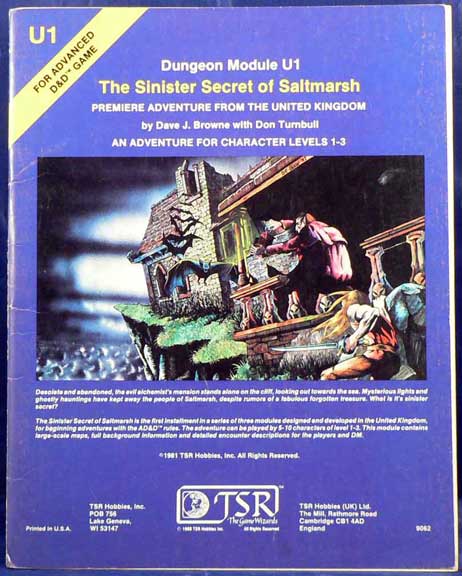There was only so much that could be done about the slime. We did what we could to scrape it off our barbarian and thief. The barbarian himself smashed a lantern over his head to burn it off. But alas, within mere moments, they were gone. Dead. Transformed into slime themselves.
And so, the druid, cleric, and fighter–our lieutenant–made the long walk back to the inn in Saltmarsh. And that was the end of the story. Period. The module was over, the enemy undefeated. We had failed.
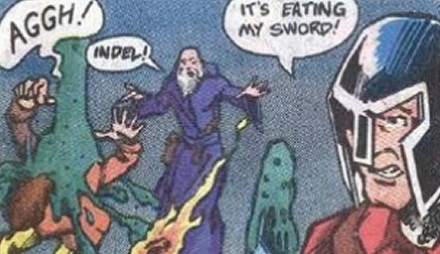
Seriously. ALWAYS LOOK UP.
We’ve probably all heard the anecdote about a parent walking in on a D&D game and asking, “Who’s winning?” The players all groan with the son or daughter responding, “Nobody wins, Mom!” The parent then leaves the room confused, but glad their child isn’t out doing worse things with worse friends.
But the other night, when we completed The Sinister Secret of Saltmarsh, I busted out laughing and said, “We just lost D&D!” So what exactly happened last Friday? How did we lose in the game of D&D?
A problem for DMs to deal with
I’m learning that some AD&D modules (The Village of Hommlet and Saltmarsh, in particular) have points at which players can make the wrong decision. And if they make that wrong decision, the module concludes. The players have failed to achieve their goal. In Hommlet, the players all perish. That’s easy to deal with, because you can simply roll up new characters and pick up where you left off.
It’s not so simple in Saltmarsh. If the players make the wrong choice, the bad guys leave town. And it’s hard to beat the bad guys, when they’re gone! The module is over. Do not pass go–do not collect $200–do not move on to module U2! And we made the wrong decision.
When players make poor decisions like this, it puts the Game Master in a difficult spot. Does she stay true to the module? Does he let the players fail? Or maybe retcon the decision and give them a second chance? Beyond these questions, should modules even be written this way, where a binary choice can be so damning to the characters and the story?
As someone who “lost” The Sinister Secret of Saltmarsh–as someone who went away disappointed not to experience the end of the module–yet as someone who was happy with how the story ended, let me share my thoughts on what you as a DM can do to prepare for these moments if and when they come:
Continue reading →


